Introduction To Rock Fish
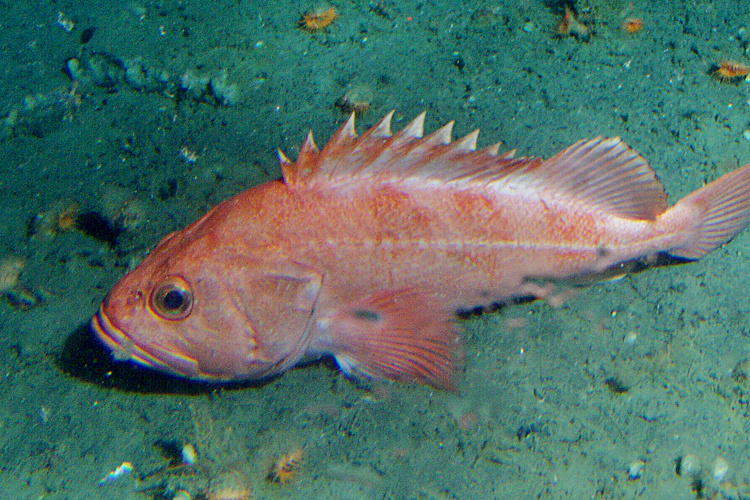
Rock Fish are a group of near-shore fish species commonly found along the North America’s West Coast. They are known for their robust flavor and varied textures, making them a popular choice among seafood enthusiasts. There are several types of rockfish, each with its own unique appearance and characteristics. These fish are well-adapted to rocky environments and are often found hiding amongst rocks or crevices. Rock Fish play an important role in marine ecosystems, and their conservation is crucial for maintaining a healthy balance in the underwater world. In this article, we will explore the different aspects of rock fish, including their habitat, physical characteristics, diet, conservation status, and fishing regulations.
Definition Of Rock Fish And Its Habitat
Rock Fish, also known as rock cod or rock perch, are a group of fish species that are commonly found along the North America’s West Coast. They are named for their preference for rocky environments and are often found hiding amongst rocks or crevices. Rock Fish thrive in nearshore waters and can be found at various depths, from shallow coastal areas to deeper offshore regions. Their habitat provides them with protection and abundant food sources, allowing them to adapt and survive in these rocky environments. Rock Fish play a crucial role in maintaining the balance of marine ecosystems.
Types Of Rock Fish Species
Rock Fish consist of a diverse group of species, each with its own distinct characteristics and features. Some common types of Rock Fish include Vermilion Rock Fish, Yelloweye Rock Fish, Black Rock Fish, and Bocaccio Rock Fish. These species vary in size, coloration, and habitat preferences. For example, Vermilion Rock Fish are known for their vibrant red-orange color, while Yelloweye Rock Fish have stunning yellow eyes. Each species has adapted to survive in specific environments and plays a vital role in maintaining the biodiversity of the rocky habitats they inhabit.
Rock Fish Physical Characteristics
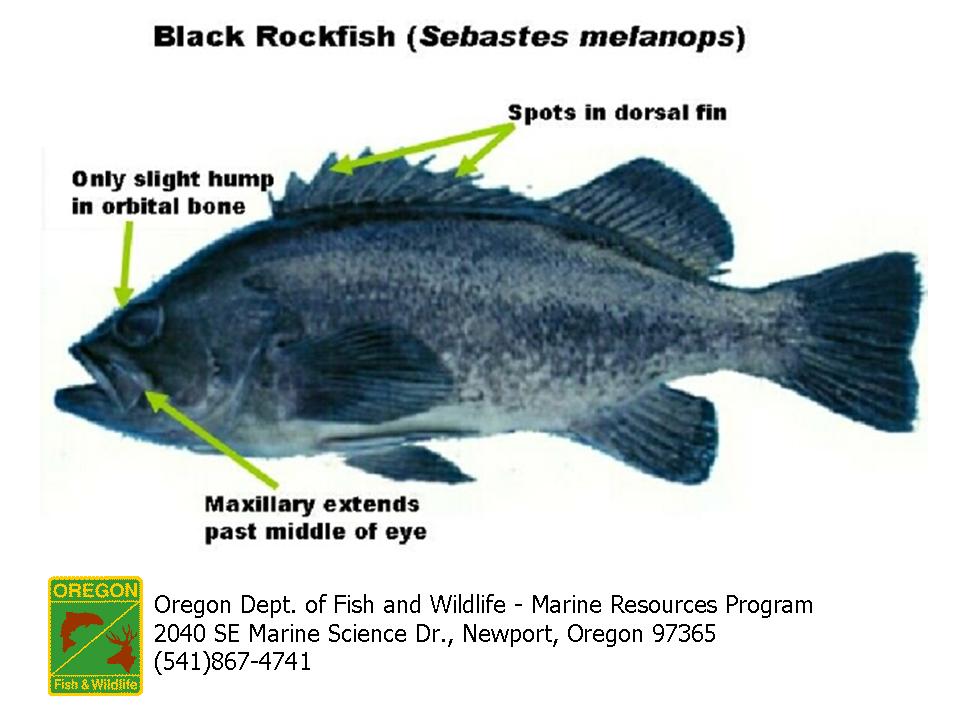
Rock Fish exhibit various physical characteristics that make them unique and easily distinguishable. They have large eyes and a large mouth, which aids in capturing prey. Their body is compressed, with a jutting lower jaw that gives them a distinctive appearance. One of the most recognizable features of Rock Fish is their large dorsal fin, which is equipped with well-developed spines. These spines serve as a defense mechanism against predators. The coloration and patterns on their scales can vary greatly among different species of Rock Fish, making them captivating to observe in their natural habitats.
Appearance And Coloration Of Rock Fish
Rock Fish exhibit a wide range of appearances and colorations, making them visually striking creatures. They have large eyes and mouths, along with a compressed body and a jutting lower jaw, which give them a distinctive look. The most notable feature is their large dorsal fin, equipped with well-developed spines. The coloration and patterns on their scales can vary greatly among different species of Rock Fish, ranging from vibrant reds, oranges, and yellows to darker tones of brown and black. These unique colorations allow Rock Fish to blend in with their rocky surroundings, providing them with effective camouflage.
Adaptations For Survival In Rocky Environments
Rock Fish have evolved a number of adaptations that allow them to thrive in the challenging conditions of rocky environments. One of their most remarkable adaptations is their ability to camouflage themselves among the rocks, thanks to their unique coloration and patterns. This helps them blend into their surroundings and makes them less visible to predators. Additionally, their flattened bodies and jutting lower jaws enable them to navigate through crevices and tight spaces with ease. They also possess strong pectoral fins that allow them to maneuver through the turbulent waters near the rocks. These adaptations give Rock Fish a competitive advantage in their rocky habitats and help ensure their survival.
Rock Fish Diet And Feeding Behavior
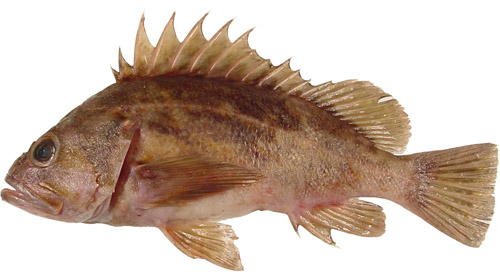
Rock Fish have a diverse diet that includes a variety of prey. They prey on smaller fish, such as herring and anchovies, as well as invertebrates like crabs, shrimp, and jellyfish. Rock Fish are known to be opportunistic predators, taking advantage of whatever food sources are available in their environment. They have large mouths and a jutting lower jaw that allows them to consume larger prey. In terms of feeding behavior, Rock Fish are often ambush predators, lying in wait for their prey to come within striking distance before launching a swift attack. This hunting technique allows them to efficiently capture their prey and ensures a successful feeding strategy.
Types Of Prey Consumed By Rock Fish
Rock Fish have a diverse diet that includes a variety of prey. They prey on smaller fish, such as herring and anchovies, as well as invertebrates like crabs, shrimp, and jellyfish. Rock Fish are known to be opportunistic predators, taking advantage of whatever food sources are available in their environment. They have large mouths and a jutting lower jaw that allows them to consume larger prey. In terms of feeding behavior, Rock Fish are often ambush predators, lying in wait for their prey to come within striking distance before launching a swift attack. This hunting technique allows them to efficiently capture their prey and ensures a successful feeding strategy.
Feeding Strategies And Hunting Techniques
Rock Fish have developed efficient feeding strategies and hunting techniques to capture their prey. They are ambush predators, patiently waiting for their prey to come within striking distance. Once a suitable prey enters their range, Rock Fish employ a swift and powerful lunge to capture it in their large mouths. Their sharp teeth and strong jaws allow them to secure and consume their prey effectively. Rock Fish are also capable of adjusting their feeding behavior based on the availability of food sources in their environment, making them adaptable and successful predators.
Rock Fish Conservation Status
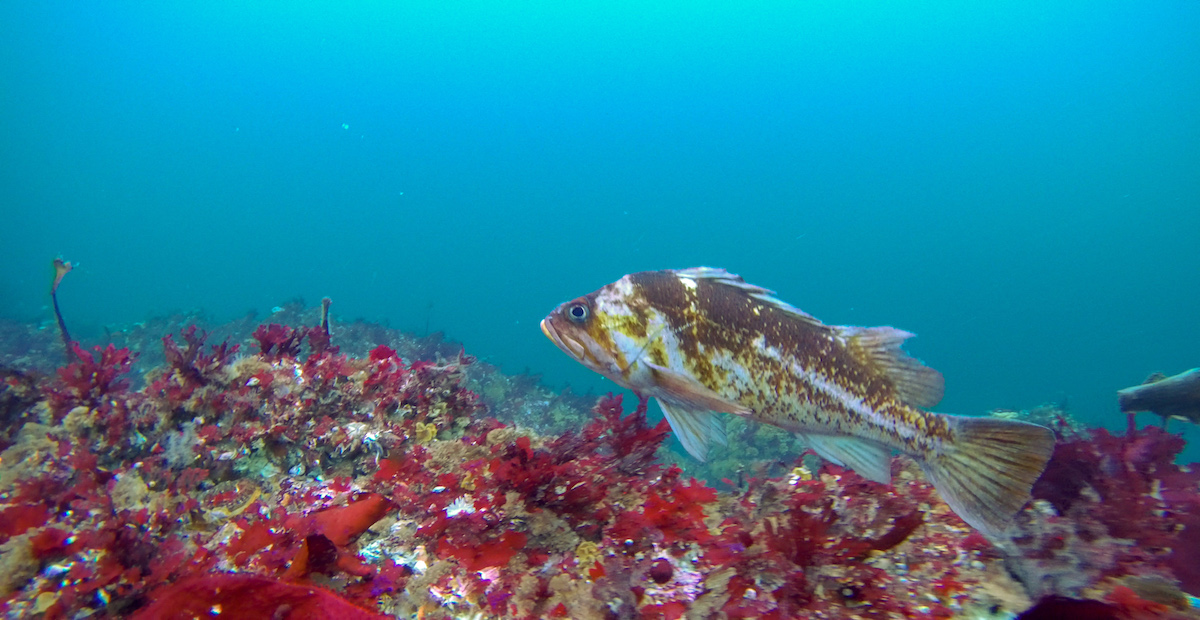
Rock Fish are a conservation concern in many regions due to their slow growth, late maturity, and vulnerability to overfishing. Several species of Rock Fish have been classified as threatened or endangered by various conservation agencies. For example, the Bocaccio Rock Fish and Canary Rock Fish are listed as overfished and are subject to strict fishing regulations to aid in their recovery. Conservation efforts focus on implementing sustainable fishing practices, such as size limits, catch quotas, and protected areas, to protect and rebuild Rock Fish populations. These measures aim to ensure the long-term survival and health of Rock Fish populations in their habitats.
Threats To Rock Fish Populations
Human activities and overfishing pose significant threats to Rock Fish populations. The slow growth rate and late maturity of Rock Fish make them particularly vulnerable to exploitation. Bycatch, which is the unintentional catching of Rock Fish in fisheries targeting other species, contributes to their declining populations. Additionally, habitat degradation, such as damage to rocky reefs and kelp forests, disrupts their preferred habitats. Pollution and climate change can also impact Rock Fish health and survival. These threats highlight the urgent need for conservation efforts and responsible fishing practices to protect and preserve Rock Fish populations for future generations.
Conservation Efforts And Initiatives
Conservation efforts and initiatives play a crucial role in safeguarding Rock Fish populations. Various organizations, such as NOAA Fisheries, have implemented measures to protect and restore these species. One important initiative is the establishment of marine protected areas (MPAs) along the West Coast. These areas act as safe havens for Rock Fish, allowing their populations to rebuild and serve as nurseries for future generations. Additionally, sustainable fishing practices, such as size and bag limits, gear restrictions, and fishing closures, help prevent overfishing and ensure the long-term viability of Rock Fish populations. By implementing these measures, we can contribute to the conservation and preservation of Rock Fish for generations to come .
Rock Fish Fishing Regulations

Rock Fish fishing regulations are important to ensure the sustainability of these species and protect their populations. Fishing for Rock Fish is regulated to prevent overfishing and allow for the recovery of their populations. These regulations include restrictions on bag limits, size limits, and gear restrictions. It is crucial for anglers to familiarize themselves with these regulations before going fishing to ensure compliance and help maintain the healthy population of Rock Fish. By following the fishing regulations, we can contribute to the long-term viability of Rock Fish populations and the overall health of marine ecosystems.
Fishing Regulations And Restrictions For Rock Fish
Fishing for Rock Fish is subject to specific regulations and restrictions to ensure the sustainability of the species. These regulations include limits on bag limits, size limits, and gear restrictions. The specific regulations may vary depending on the management zone you are fishing in. It is important for anglers to familiarize themselves with the current fishing regulations for the area they plan to fish in. By following these regulations, anglers can contribute to the conservation and preservation of Rock Fish populations and help maintain the balance of marine ecosystems. To stay updated on the latest fishing regulations, anglers should regularly check with local fisheries management authorities.
Sustainable Fishing Practices For Rock Fish
Sustainable fishing practices for Rock Fish are crucial to maintain healthy populations and preserve the delicate balance of marine ecosystems. Anglers can contribute to sustainability by following a few key guidelines. Firstly, practicing catch and release can help protect breeding adults and ensure the future of the species. Secondly, using non-destructive fishing gear such as circle hooks or barbless hooks can minimize harm to the fish. Lastly, adhering to bag limits and size restrictions helps prevent overfishing and allows for the replenishment of Rock Fish populations. By adopting these sustainable practices, anglers can enjoy fishing for Rock Fish while also protecting the species and its habitat.
Conclusion
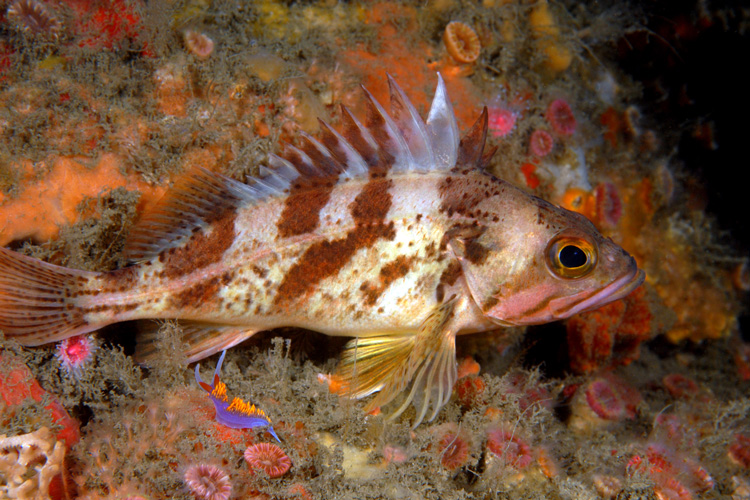
In conclusion, Rock Fish are fascinating species that thrive in rocky environments along the North America’s West Coast. Their diverse appearance and unique adaptations make them a remarkable part of marine ecosystems. However, Rock Fish populations face threats and challenges that require conservation efforts. By adhering to fishing regulations and adopting sustainable practices, anglers can contribute to the preservation of Rock Fish populations for future generations. It is crucial to recognize the importance of Rock Fish in maintaining the balance of marine ecosystems and take necessary steps to ensure their survival. For more information on Rock Fish conservation and sustainable fishing practices, refer to reliable resources such as the Seattle Aquarium.
Importance Of Rock Fish In Marine Ecosystems
Rock Fish play a vital role in marine ecosystems along the North America’s West Coast. As efficient predators, they help control the population of smaller fish, thus maintaining the balance of the food chain. Additionally, their rocky habitat provides shelter for various other species, creating a diverse and thriving ecosystem. The presence of Rock Fish also serves as an indicator of a healthy and well-functioning marine environment. Protecting Rock Fish populations is crucial not only for the species itself but also for the overall health and sustainability of the marine ecosystems they inhabit.
Key Takeaways And Further Resources
After learning about rock fish, here are the key takeaways to remember. Rock fish are a diverse group of fish species that inhabit rocky environments in marine ecosystems. Their physical characteristics, such as their appearance and adaptations, help them survive in these habitats. They have a varied diet and employ different feeding strategies to catch their prey. However, rock fish populations are facing threats, making conservation efforts crucial. To learn more about rock fish and their conservation, you can refer to resources such as NOAA Fisheries and the Rockfish Conservation Areas blog. These resources provide in-depth information and updates on rock fish research and management. By understanding and protecting rock fish, we can contribute to the health and sustainability of marine ecosystems.
FAQ About Demystifying Rock Fish: What You Need To Know
Q: What is a rock fish?
A: Rock fish, also known as rock cod or Pacific snapper, are a type of fish that live in rocky, reef-like habitats in the ocean. They are characterized by their vibrant colors and spiky fins.
Q: Where can rock fish be found?
A: Rock fish can be found along the Pacific coast of North America, from Alaska to California. They prefer areas with rocky bottoms or reefs where they can hide and ambush their prey.
Q: Are rock fish safe to eat?
A: Yes, rock fish are safe to eat and are prized for their firm, flavorful flesh. However, some species of rock fish contain high levels of mercury, so it’s important to check local advisories and regulations before consuming them.
Q: How do you catch rock fish?
A: Rock fish are typically caught using baited hooks and lines while bottom fishing. Anglers target them by dropping their baited lines near rocky outcrops or structures where the fish are known to hide.
Q: What are the conservation concerns regarding rock fish?
A: Some species of rock fish are slow-growing and vulnerable to overfishing. Conservation measures, such as size and bag limits, have been put in place to protect populations and prevent depletion of these valuable fish species.
Q: Can rock fish be kept in aquariums?
A: While rock fish may seem like a tempting addition to an aquarium due to their colorful appearance, they do not fare well in captivity. Their specific habitat requirements and predatory nature make them unsuitable for most home aquarium setups.

ToroGrill Canada is excited to share our one-of-a-kind and authentic South American BBQ flavors with the wonderful people of Canada. Our journey began with a passion for bringing South America’s rich and vibrant culinary traditions to a new audience, and we have been dedicated to this mission ever since. Our story is one of inspiration, hard work, and the pursuit of excellence. Every recipe, every ingredient, and every cooking technique has been carefully honed and perfected to ensure that when you take a bite of our food, you experience the true essence of South American BBQ.